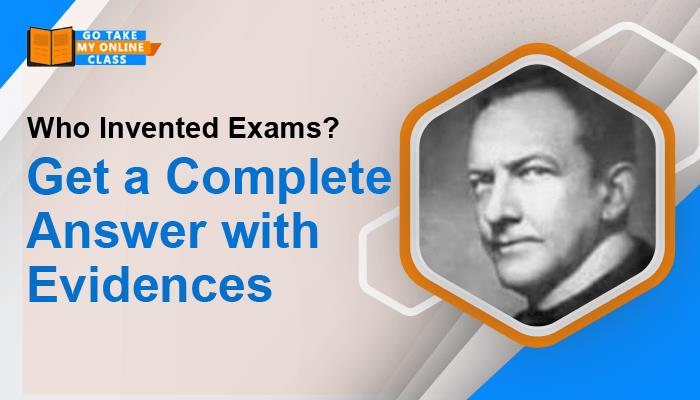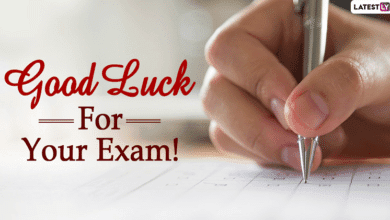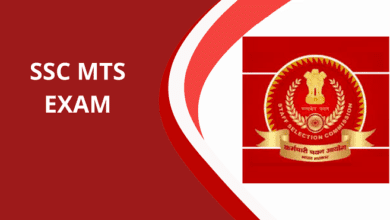A History of Assessments: Who Invented Exams and How They Evolved?

Who invented exam? standardized tests, and assessments are deeply ingrained in our educational systems and various professional fields. They serve as crucial tools for measuring knowledge, skills, and aptitude. But have you ever wondered who invented exams, and how they evolved from their humble beginnings to the diverse formats we see today?
Although it is difficult to pinpoint a single person as the creator of tests, we may trace their origins back to ancient times when different cultures created systems for assessing knowledge and abilities.
Early Forms of Assessment: The Seeds of the Exam
China: One of the earliest documented examples of standardized testing comes from China. The Imperial Examination system, established during the Sui Dynasty in 605 AD, is considered the world’s first national exam. This rigorous system aimed to select competent officials for government service based on their knowledge of Confucian philosophy, history, literature, and calligraphy.
Ancient Greece: In ancient Greece, around 400 BC, entrance examinations were used to select candidates for prestigious academies like Plato’s Academy and Aristotle’s Lyceum. These examinations likely involved discussions and demonstrations of knowledge in philosophy, mathematics, and rhetoric.
Medieval Europe: During the Middle Ages, universities emerged as centers of learning, and entrance examinations became increasingly common. The examinations often involved oral discussions with faculty members and demonstrations of knowledge in specific subjects like logic, theology, and law.
These early forms of assessment were often limited in scope and accessibility. However, they laid the foundation for the development of more formal and standardized exams in the centuries to come.
The Rise of Modern Exams: From Standardized Testing to Diversification
The 19th century witnessed a significant rise in standardized testing, particularly in Europe and North America. This period saw the development of:
- Civil service examinations: These exams were introduced to select government officials based on merit rather than patronage.
- Standardized school tests: These tests aimed to assess the learning outcomes of students across various educational institutions.
One of the key figures associated with the development of standardized exams in the United States was Henry Fischel, an American businessman and philanthropist. He is credited with establishing the first standardized examinations in China in the late 19th century.
However, the rise of standardized testing also triggered concerns and criticisms. Critics argued that these tests were culturally biased, favored memorization over critical thinking, and did not accurately reflect a student’s true potential. Who invented exam
The Evolving Landscape of Assessments: Beyond Standardized Tests
In response to these concerns, the 20th and 21st centuries witnessed a diversification of assessment methods. This includes:
- Performance-based assessments: These assessments require students to demonstrate their knowledge and skills through practical tasks and projects.
- Portfolio assessments: These assessments involve collecting a range of student work over time to showcase their progress and learning.
- Authentic assessments: These assessments aim to assess student learning in real-world contexts and situations.
The way tests are given and assessed has also been greatly changed by the usage of technology. Online tests and computer-based testing (CBT) are becoming more and more common because they provide benefits for data analysis, efficiency, and flexibility.
Looking Ahead: The Future of Exams and Assessments
The future of exams and assessments is likely to be characterized by:
- Increased personalization: Assessments may become more personalized, taking into account individual student learning styles and needs.
- Focus on skills and critical thinking: The emphasis may shift towards assessing skills like critical thinking, problem-solving, and collaboration, alongside traditional content knowledge.
- Continuous learning: Assessments may become integrated into the learning process, providing continuous feedback and promoting self-directed learning.
In conclusion, Exams and evaluations have a rich and complicated past, having developed from their primitive beginnings to the various forms we see today. Standardized tests will probably always have a place in evaluation, but in the future, more individualized, technology-driven, skills-based methods will probably be used. As we proceed, the emphasis should be on creating evaluations that serve as instruments to support learning, development, and critical thinking in addition to serving as metrics of accomplishment. Who invented exam




